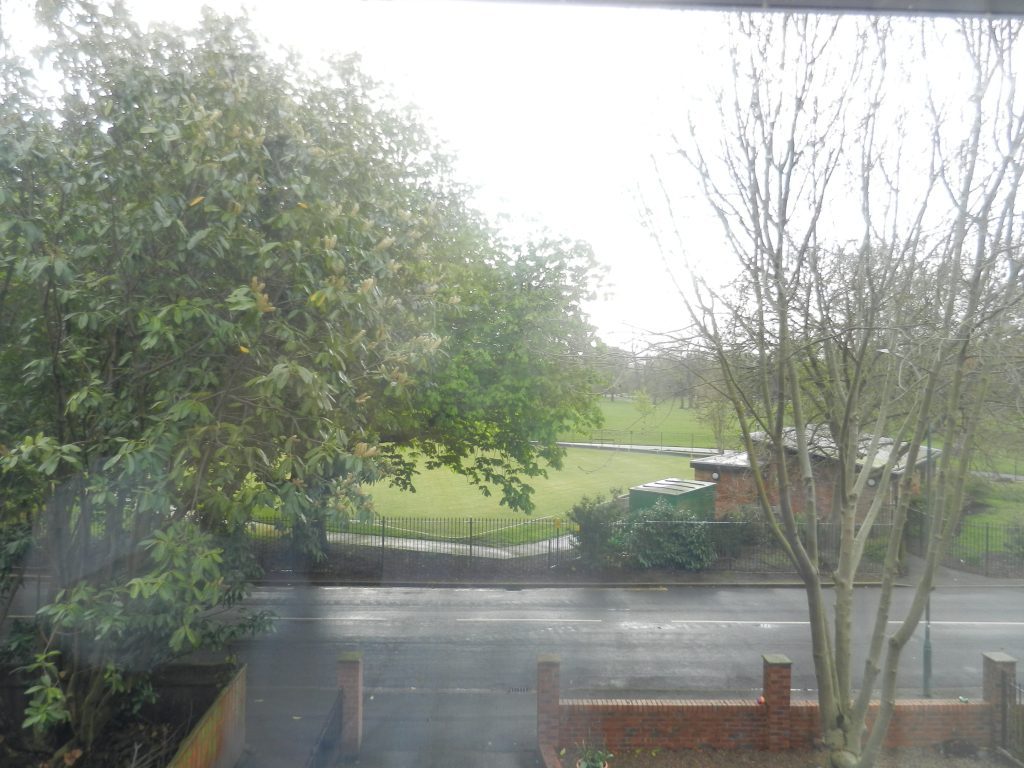
The young ash tree shown on the right above (also see It’s the trees 2) is now, cautiously, coming into leaf. It looks like it was coppiced (s.p.b.) at a young age with five equally thick branches rather than a main trunk. Why this should have been done given its location is unknown; in fact, last year I had a local tree firm tidy-up the shape by reducing this number to five. What the tree now needs is pollarding, this being when the height of the canopy is reduced to a similar height branching-point on each stem to stop the tree getting top-heavy and less prone to damage or uprooting in strong winds. Like many urban councils, Hull City Council do this to trees in residential areas on a so-many-years rolling programme. If done properly it does not kill the tree although for the first season after pollarding they can look very bear; soon new shoots strike-out vertically from the cuts and, hopefully from leaf-joints further down, so the tree doesn’t become top-heavy.
Each spring I have noticed that pigeons especially seem to delight in pecking the ash buds just as they are opening, presumably for food, probably nectar from the newly emerging flowers. There determination to peck away at almost every bud makes it seem unlikely that the tree will ever produce leaves. The flowers of the ash tree are quite distinctive, emerging from the leaf-base and looking rather like miniature trees themselves. Like many tree flowers they lack bright colours and can easily go un-noticed.
Ash trees are widely distributed across Europe and are adaptable to various soil conditions and base rocks. In bygone times ash was the preferred wood for making the handles of hand tools, also the frames for furniture. But then Britain ‘the Workshop of the World’ doesn’t make anything anymore.
As die-back disease threatens to eradicate this species.
(to be continued).